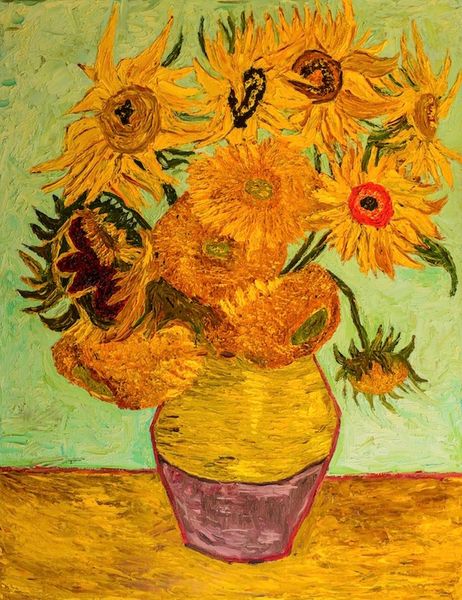
William Morris once said, "Have nothing in your house that you do not know to be useful, or believe to be beautiful". Well, artisan broomcorn brushes are both of those things, and when we have the opportunity to use one in our own home, it brings with it an element of what I like to call 'the sacred mundane'. Bringing intentionality, mindfulness and beauty into all that we do, even the mundane everyday tasks, has the potential to create a more harmonious existence and helps us to find joy in the small things.
Today I am relishing having this same such opportunity, using my new broomcorn brushes I made myself in my own home. They make sweeping, tidying and cleaning my space a real happy moment, which is made even more so in the knowledge that they are a product of my own endeavours.

My new brushes are the result of an inspirational day course led by Rosa Harradine, an expert brush and broom maker in west Wales. Rosa has been making brushes and brooms for four years, starting her journey into craft initially through wood carving and basket weaving.
Traditional broom-making in the UK is an endangered craft and typically uses birch twigs or heather, historically being practiced more prolifically in areas where birch or heather grow naturally in abundance. The return of interest in heritage crafts over the years, as well as the desire to live more in alignment with nature, has opened up the doors for traditional craftsmanship and make crafts like Rosa's immensely appealing to learn.
Rosa makes her brushes from broomcorn, a type of sorghum (the same family as Great Millet). One of the world's fifth most important cereal crop, sorghum has been cultivated for thousands of years and is considered an ancient grain, being cultivated for a variety of uses, including food and animal feed. The broomcorn variety has been cultivated specifically for use in making brushes and when you see the raw material you can understand why; each main stock, splitting into a bundle of closely packed long straight stems, ideal for sweeping and picking up dirt.

In a beautiful old Temperance hall, the day started off with a warm welcome, hot cup of coffee and an introduction to the materials. Rosa had set the space up invitingly and demonstrated to us the way in which she sorts the stems according to size and quality; a mindful and essential part of the overall process. Soon enough we were all industriously sorting the stems ourselves and then choosing the best for our cobweb brooms, ready to soak in water until the afternoon.


Having bound our bundle of brush fibres together with our own choice of brightly coloured thread, Rosa demonstrated the signature woven element of the brush handle. This part is surprisingly physical as a crucial part of the process is to ensure that the tension is maintained on the thread, as you rotate and weave the materials. It is a process that requires your whole body to work together; legs and feet doing one thing, while your arms and hands are doing another and your mind is orchestrating it all. Making and doing in this way is such a satisfying occupation; I thought about how little in my day to day that I get the chance to move my body in this choreographic way .


Having this interlude made us all feel rejuvenated and ready to finally start making our cobweb broom. The long stems had been soaking throughout the morning and were now pliable, making it possible for Rosa to demonstrate how to begin. In much the same way as before, minus the splitting, our stems are secured and woven, this time around our chosen broom handles. Some people brought along some beautifully prepared branches from home, making their cobweb brooms very unique, whilst others (like myself) used the beech and birch handles provided by Rosa. All the materials have a quiet and natural beauty about them, being ethically sourced and sustainable natural materials.


You can keep up to date with Rosa Harradine's courses HERE.



